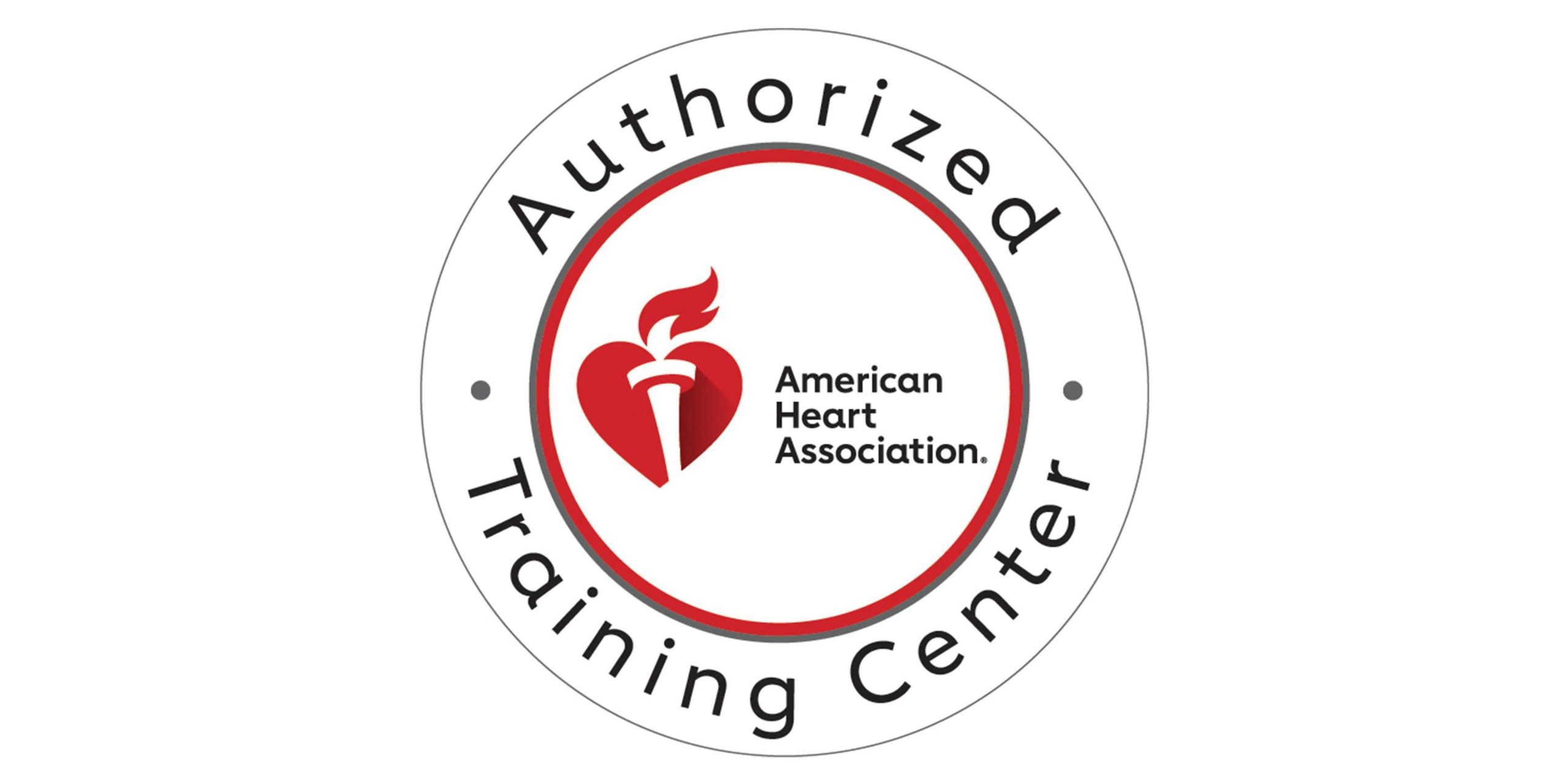
Innovations in healthcare are constantly being developed and implemented to serve patients better. However, it can be incredibly difficult for medical providers to keep up with the latest treatments as the field advances quickly. Medical training, diagnosis, surgery, and even physical preparation are just some of the many healthcare applications of virtual reality.
As the pandemic imposed stricter budget and standardization measures, virtual reality (VR) emerged as the new medium for delivering simulation. As a result, simulation-based curriculum development lessons learned in global health education are becoming the next-generation trend in the medical field.
What is simulation training in healthcare?
Simulation-based medical education aims to provide students with hands-on experience in a realistic setting. In a simulated environment, practitioners can experiment with novel treatments, technologies, and procedures without putting patients at risk.
Medical simulation training offers teachers superior pedagogical materials, particularly in medical care. A realistic simulator helps bridge the gap between classroom learning and hands-on experience in a controlled environment.
Take the case of a patient who needs emergency surgery and is brought to the hospital’s emergency room. Virtual reality (VR) allows students to enter a simulated emergency room. The learner can practice their skills in a realistic setting by interacting with patients and doctors in a virtual environment.
Case history taking, physical examination, and diagnosis and treatment are all skills that can be acquired. The ability to make decisions, analyze critically, and reason clinically are all honed in this setting.
Simulation In Healthcare Education
Simulators are the best available instrument for training and education because they give one of the most realistic representations of the human pulmonary system. Simulation and its role in medical education provide experts with hands-on experience and real-time feedback by simulating hundreds of healthy and sick lung situations.
Thanks to its many useful features, our lung simulator has become a nationwide standard in medical simulation centers. Medical education through computer simulations The medical field is changing dizzily, making flexibility the most important skill. Learning by rote must give way to more relevant and useful training in the therapeutic setting.
Training in problem-solving, hands-on experience, and effective communication are all bolstered by simulation-based education. Acting as one would in real life is a key benefit of learning through simulation. Medical simulation is also more effective than conventional medical education approaches.
For instance, the global perspective in VR is an evolutionary advance. Access to high-quality medical education is universal and free for everybody, anywhere globally. A physician in New York can consult with a professor in Oxford and a nurse in India to assess a digital patient.
Wrapping Up
The Evolution And Role Of Simulation In Medical Education are evolving. Virtual reality (VR) is undeniably cutting-edge technology that promises to revolutionize how healthcare professionals worldwide are trained radically. Unlike conventional classroom settings, VR allows students to work independently, learn from their mistakes, and zero in on essential skills.



